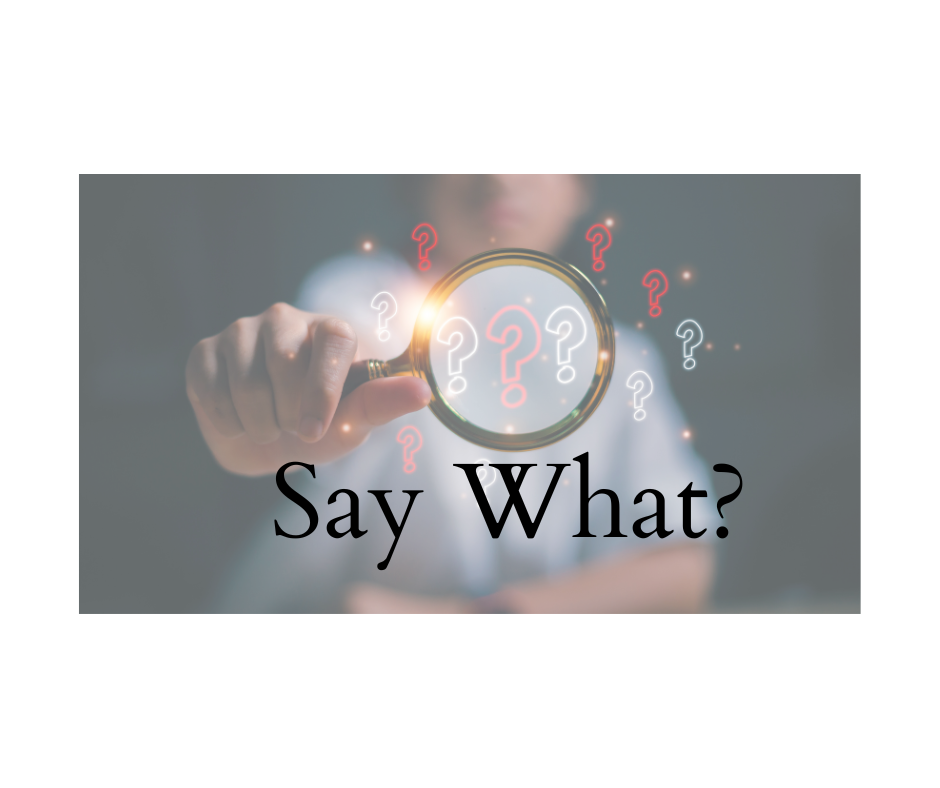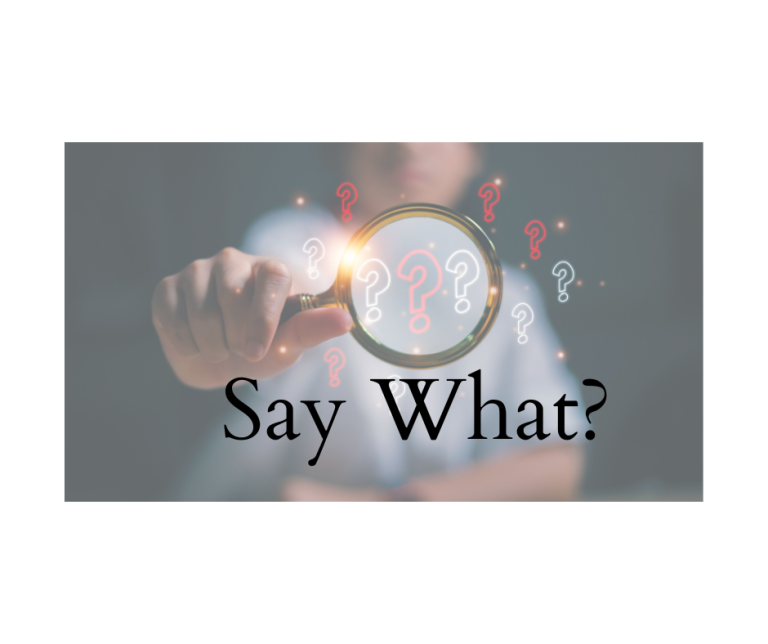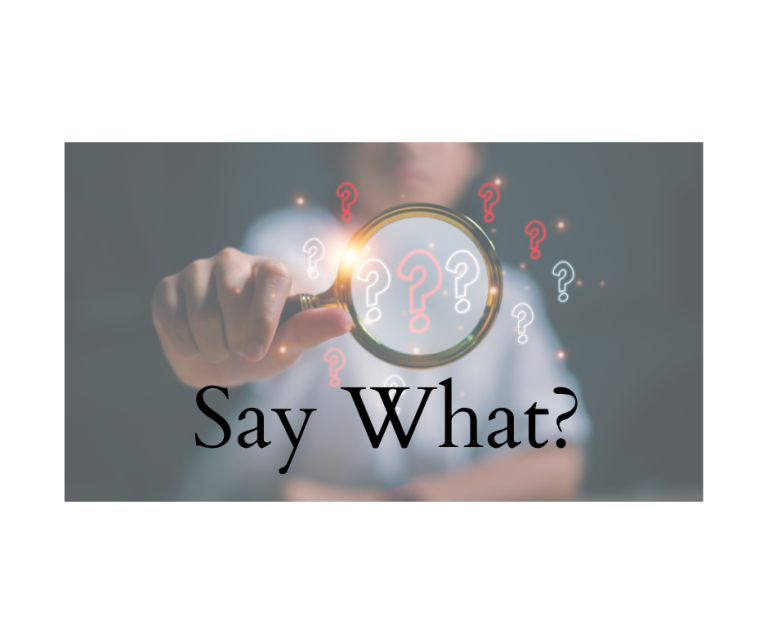Clear and Present Antecedents
Pronouns take the place of nouns. When you use a pronoun, you must be sure that its antecedent (what it refers to) is clear. For instance, who does her refer to in this sentence?
- Both Heidi and Mary loved her children.
Her is an unclear pronoun because we don’t know if it refers to Heidi’s children or Mary’s children.
So let’s look at one word that can be a little tricky: other. It’s one of those words that serves multiple roles in our language—noun, pronoun, adjective, or adverb. But for our purposes right now, let’s look at its role as a pronoun.
You’ve probably read a sentence like this a hundred times and never given it much thought:
- Jesse’s artwork has been displayed in the Omaha Public Library, Creighton University, and the governor’s mansion, among others.
Then again, you may have wondered, “among other whats?” Here others does not have a clear antecedent. It’s a pronoun without a noun. What do the proper nouns in this sentence have in common?
They are venues, but that fact hasn’t been defined in this sentence. So to be clear, the sentence could be recrafted in one of these ways:
- Jesse’s artwork has been displayed in the Omaha Public Library, Creighton University, and the governor’s mansion, among other venues.
In this variation, other is an adjective describing venues. Another option is to insert the noun venues earlier in the sentence:
- Jesse’s artwork has been displayed in venues like the Omaha Public Library, Creighton University, and the governor’s mansion, among others.
Now it is clear that among others refers to venues. A similar construction avoids the problem completely:
- He has created artwork for doctors, lawyers, politicians, and others.
Here there is no ambiguity because others is a noun like its antecedents “doctors, lawyers, and politicians.” I trust we can all agree on that.
So take a moment to look through your manuscript and check those pronouns. Make sure you have a clear antecedent.









I see the lack of clear antecedents all the time and it’s very annoying. I think it’s also important for writers to realize that even when there technically is an antecedent and it’s possible to work our who the pronoun refers to, it can be hard on the reader. You shouldn’t make the reader work too hard, so if the antecedent is obviously clear then consider putting in the proper noun.
Editing the editor
In your third paragraph above, you refer to “Her” as an antecedent when “Her” is actually the referencing pronoun (antecedents being Heidi and Mary). Is this not correct?
Yes, you’re right. I will change it and then your comment won’t make sense to anyone lol. Thanks so much!